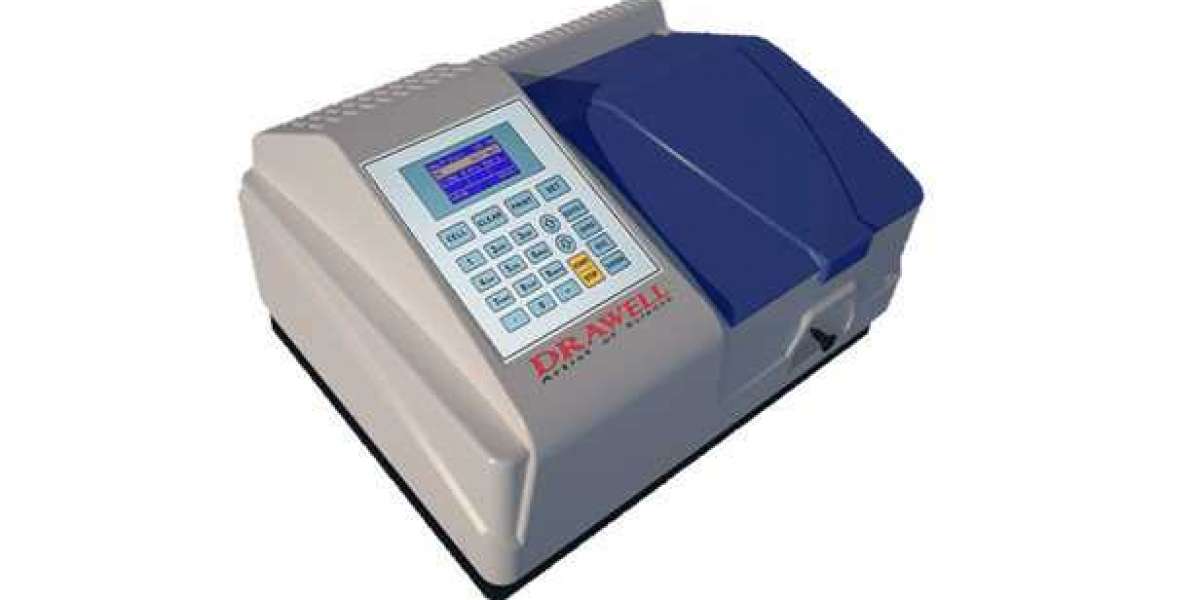UV Visible (UV VIS) Spectrometers perform absorption and reflectance spectroscopy using light in the visible and adjacent ranges. UV VIS spectroscopy is a powerful analytical chemistry technique for determining concentration of analytes in a sample and tracking chemical reactions. When purchasing a UV Visible spectrometer, it is important to consider the instrument’s wavelength range, the lamp’s lifetime, the image capture system and software, the resolution, and the amount of sample that is needed for input.
What are the sources of Radiation used in UV-Visible Spectrometers
Two sources are commonly used in UV-Visible spectrophotometers:
The deuterium arc lamp. Provides a good intensity continuum in the UV region and useful intensity in the visible region. A half-life of the lamp (the time required for the intensity to fall to half of its initial value) is approximately 1,000 hours.
The tungsten-halogen lamp. Yields good intensity over part of the UV spectrum and over the entire visible range. Has useful life of 10,000 hours.
What is the difference between UV-Vis spectroscopy and IR spectroscopy?
Both infrared (IR) and UV-Vis spectroscopy probe molecules using electromagnetic radiation. IR spectroscopy uses a longer, lower-energy wavelength range, typically 4,000 to 400 cm-1 (2,500 to 25,000 nm) but this can extend to 7,000 to 350 cm-1 (1,400 to 28,000 nm). UV-Vis spectrophotometers use the UV to the visible wavelength range, typically 190 to 900 nm.
UV-Vis spectroscopy is described in detail in the earlier questions. IR spectroscopy is a technique that uses an IR (normally FTIR) spectrometer to measure the light energy required to start molecular vibrations in a sample. Each functional group in a molecule has characteristic unique vibrations that are reflected at different bands in the IR spectrum. Therefore, individual bands in an IR spectrum can be used to determine what functional groups are present in a sample. This makes IR spectroscopy particularly useful for chemical identification.



